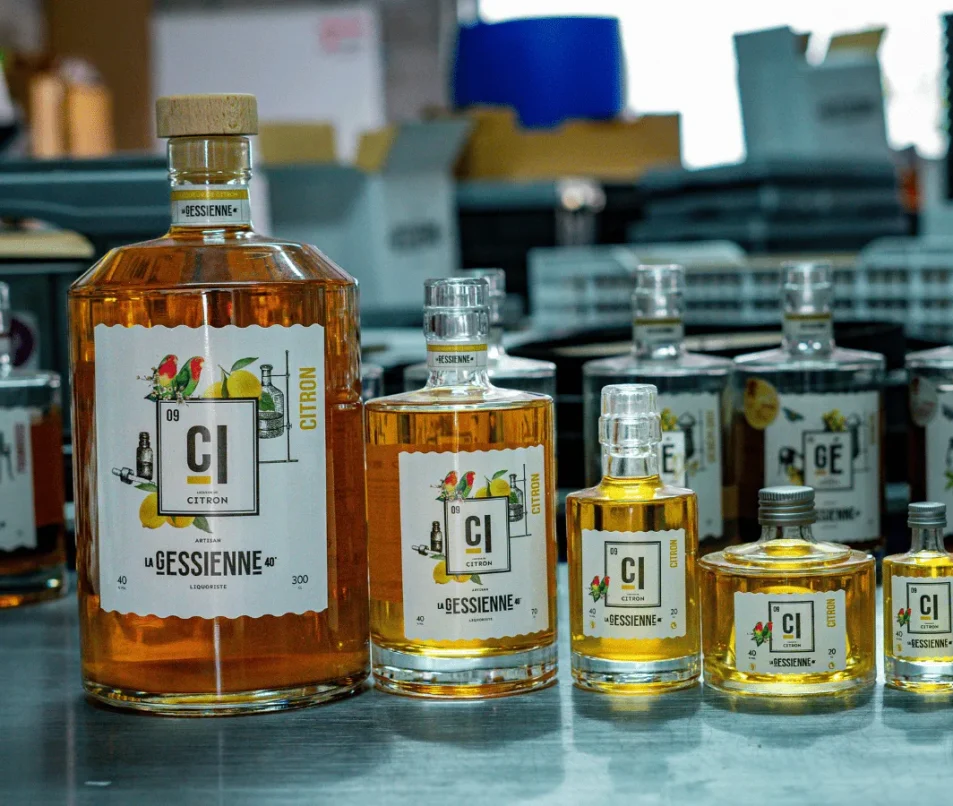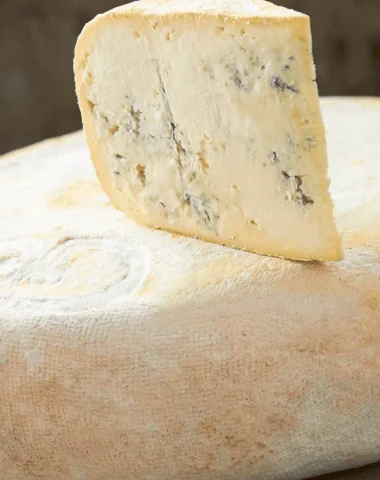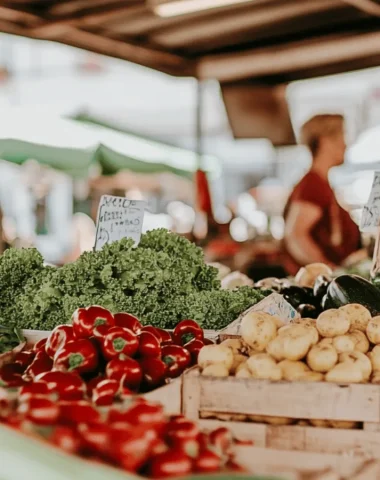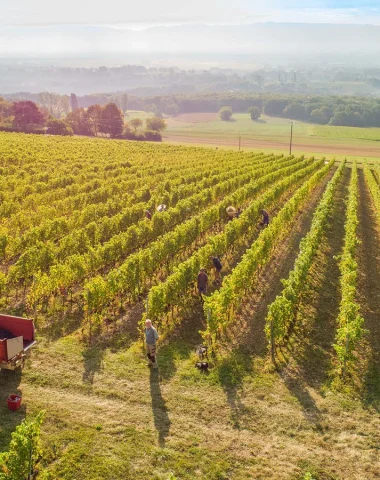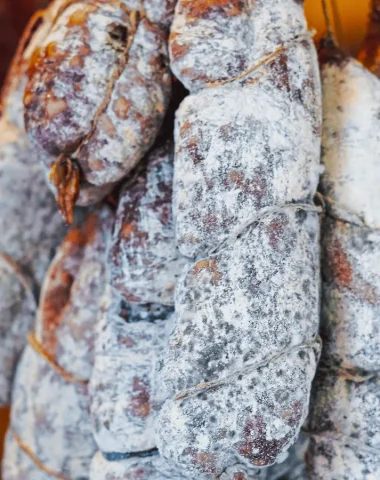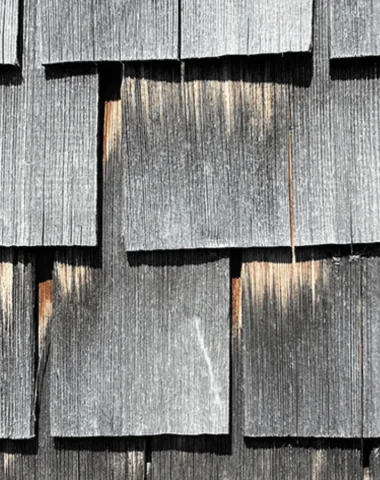By Stéphanie, on 14 May 2025
Reading time: 4 min.
In the Pays de Gex, La Gessienne offers a wide range of traditional liqueurs, each more delicious than the last. How are they made? How was the liqueur created? How do you drink these eaux-de-vie? Follow the guide!
What are the origins of the liqueur?
Liqueur is one of the oldest spirits there is. Its origins date back to the Middle Ages, when monks, in search of natural remedies, would infuse plants, seeds or barks in alcohol. Initially purely therapeutic in origin, the liqueur was then used for recreational purposes from the 16th century onwards. The brandy was mixed with plants, honey or fruit to give it special flavours. From the 18th century onwards, the great liqueur houses began to appear, and their success has never waned!
In the Pays de Gex at the time, the ” bouilleur de cru” (distiller) visited almost every village in the region. A phone call to regular customers and the news spread quickly. Every farmer, especially those who still had a “right”, loaded their barrels in which the fruit had macerated.
After passing through the still, the apples, plums, pears and cherries gave way to the precious transparent liquid: eau de vie (liqueur) was born.
Today, French liqueurs enjoy an excellent reputation. Half of the country’s annual production is exported all over the world!
La gessienne, a distillery made in Ain
Since the end of May, an entrepreneur from Gascony has been macerating plants in his laboratory in Collonges, in the village’s former butcher’s shop, which was replaced by a wine cellar. Is this a happy coincidence? Yohann Thabuis used to run a wine cellar. There are signs that can’t be mistaken. He was passionate about oenology and used to ‘distil’ génépi for pleasure. So why not take the plunge?
A biochemist by training and with a degree in oenology, Yohann is a craftsman: he has set up the premises in such a way as to be able to work efficiently, following one stage after another: maceration, bottling, sticking on labels, packaging. Even the family lends a hand when necessary!
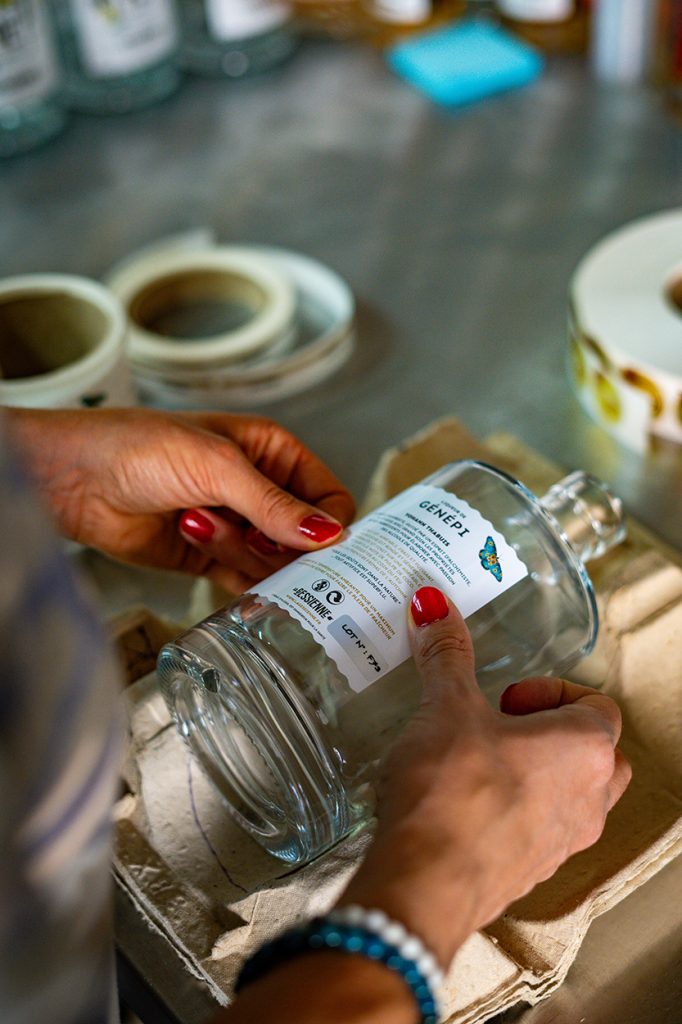
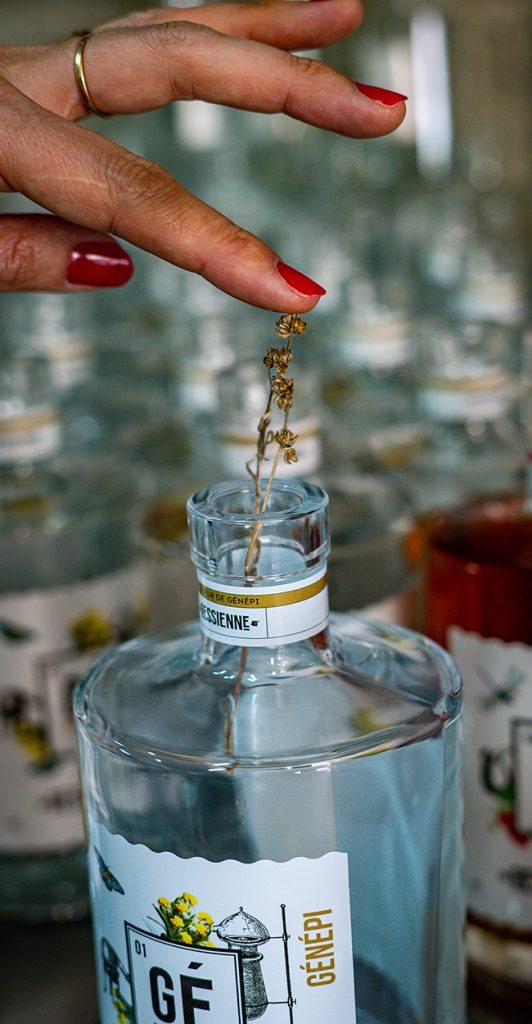
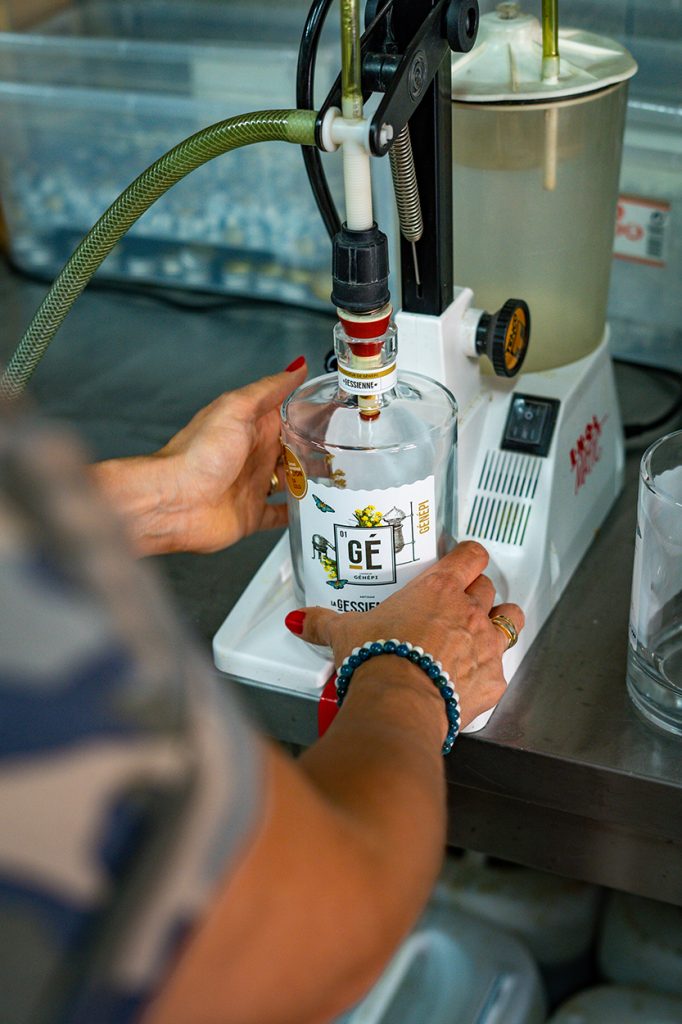
6 stainless steel vats sit in a small room in the centre of the village. The 96° alcohol and mineral water from a famous resort on the shores of Lac du Bourget are macerated with 100% organic plants and fruit: génépi, thyme, star anise, Menton lemon, mint, hyssop, mandarin, verbena, raspberry, fir tree, etc. Around ten varieties of liqueur, each 40°, are sold according to the season.
Yohann Thabuis plans to produce a few thousand bottles a year. The attractive bottle comes in several sizes: 70cl, 20cl and a box of 6 mignonettes for testing different artisanal liqueurs. It also offers 5-litre BIBs. If you want to try out this new local production, you’ll need to place an order on the Gessienne website. Its products will soon be on sale in wine merchants and producers’ shops.
Before leaving, Yohann gives us a word of advice: put the bottle in the freezer, as the liqueur is best enjoyed ice cold. When we got home, the bottle went straight into the freezer to be enjoyed a few days later.
Subtle, refined liqueurs
Our bottle has been at -18° for a few days, and the génépi liqueur is ready to be enjoyed. Its light green colour makes you wonder if it isn’t iced herbal tea. When you remove the cork, you can smell the alcohol coming from the bottle. There’s no doubt about it, it’s a liqueur!
There’s nothing like a glass of liqueur to finish off a good meal with friends. Often considered extremely strong (and rightly so, our génépi liqueur reaches 40°), digestifs are nonetheless tasty and refreshing, depending on how they are produced. At the Gessienne distillery, the alcohol does not mask the taste of the plant. The blend is subtle and well balanced.
If you don’t want to drink your liqueur as it is, you can enjoy it in cocktail form. Here’s the recipe for Yohann Thabuis’s homemade cocktail:
- 4 cl Génépi (from Gessienne, of course!)
- 4cl apple juice (from Vesancy!)
- 2 cl grapefruit syrup
- crushed ice
- Tonic
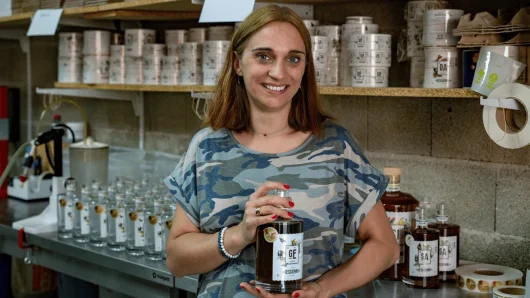
With qualities like these, these liqueurs will easily find their audience. But remember, alcohol abuse is dangerous for your health and should be consumed in moderation! Would you like more information about La Gessienne and its products? Don’t hesitate to contact them!
Thematics
Did you find this content useful?
Thank you
Thank you for taking the time to let us know that you found this content useful. Your encouragement is important to us, and your feedback helps us to improve.
Thank you
Thank you for taking the time to let us know that this content was not useful to you. We apologise for any inconvenience.
Share this content
Share this content
You might also like
- Gastronomy
- Know-how
What if you were a Gessian consumer?
By Stéphanie, on 30 Jun 2025
Reading time: 8 min.
- Activity
- Culture
- Family
- Gastronomy
My summer holiday week in the Pays de Gex!
By Stéphanie, on 27 Jun 2025
Reading time: 9 min.
- Culture
- Gastronomy
Focus on… Le Bleu de Gex du Haut-Jura
By Anaïs, on 14 May 2025
Reading time: 4 min.
- Gastronomy
- Know-how
Génération butcherie Grosgurin “Au Bon Saucisson
By Stéphanie, on 14 May 2025
Reading time: 4 min.






